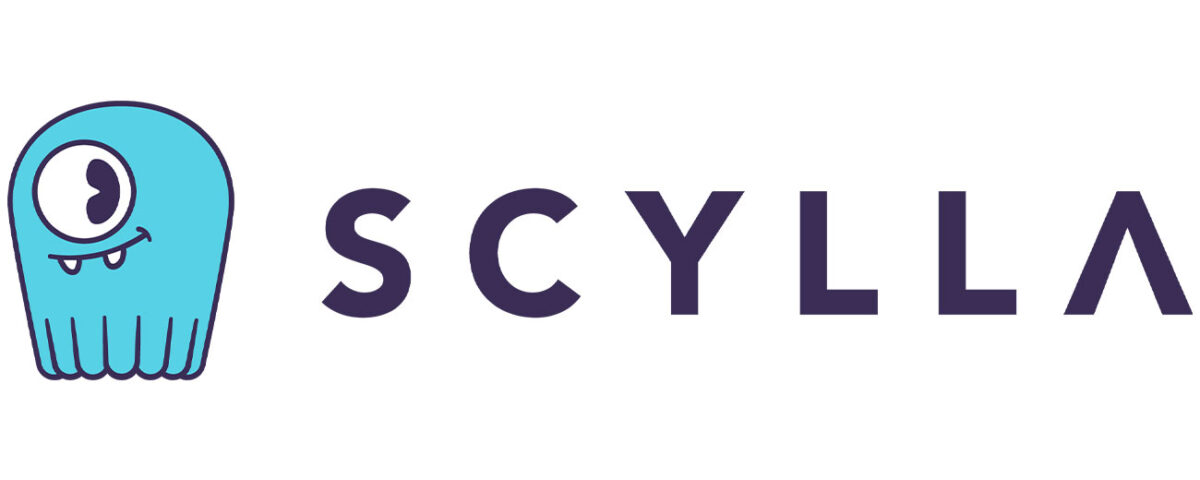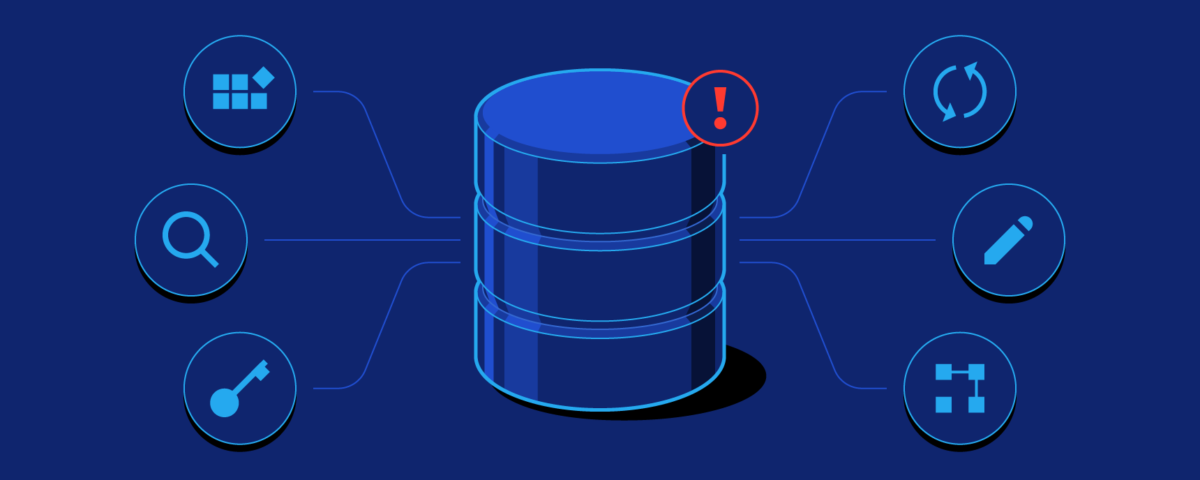Database
- All
- AdSense
- AI Programming
- Ajax
- Amazon
- AMD
- Analytics
- Android
- Android Jetpack
- Android Studio
- AngularJS
- Antivirus
- Apache Hadoop
- Apache HBase
- Apache Hive
- Apache Spark
- API
- Api Testing
- Appel
- Apple
- Application
- Artificial Intelligence
- ASP.NET
- Audit
- Automation Testing
- AWS
- Bigdata
- blockchain
- Bootstrap
- Business
- CDN
- Cloud
- Cloud DBMS Service
- CMS
- computing
- Cordova
- Cryptocurrency
- CSS
- Cyber Security
- Dart Programming Language
- Data Mining
- Data Science
- Data Scientist
- Database
- Defensive Programming
- Developers Tips
- digital fundamental
- E - Commerce Website
- eCommerce Store
- Firewall
- Firewire
- Flutter
- Game
- Git
- Go
- Google Trends
- Graph DBMS
- Hacking
- Hadoop
- Html
- Hybrid App Development
- Internet.org
- Ionic
- IOS
- IOT
- iPhone
- it training
- Java
- JavaScript
- Jquery
- JSON
- Laravel
- Life
- Lifestyle
- Linq
- Linux
- Logo
- Machine Learning
- macOS
- Magento
- Manual Testing
- MariaDB
- Marketing
- media
- memory
- Mesh Network
- Microsoft
- Mobile
- Mobile App Development
- Mobile Technology
- Motherboard
- MVC
- MySQL
- Network
- News
- NFC
- Night Vision
- NodeJS
- nosql
- Nuxt.js
- Nvidia
- OAuth 2.0
- Offline Videos
- Open-Source
- ORM
- Page Ranking
- Password
- Personality Development
- PhoneGap
- Photoshop
- PHP
- Php Framework
- Plugins
- PostgreSQL
- privacy
- Product Development
- Progressive Web App
- Push Notification
- PWA
- Python
- R Programming
- Raspberry Pi
- React Native
- RIA Development
- RPA
- Ruby on Rails
- Rust Programming Language
- SAS
- Science
- Seo
- Serverless Framework
- SharePoint
- Shopify
- social
- Software Application Development
- Software Methodology
- Sql
- Swift 5
- Tableau
- Technology
- Technology Stack
- Testing
- typescript
- UI/UX Design
- Uncategorized
- Unity
- Virtual Reality
- Visual Studio
- VPN
- Vue.js
- WCF
- Web Hosting
- Web3.0
- Website Design
- Website Development
- Windows
- WooCommerce
- WordPress
- WPF
- Xcode 10.2
- YouTube






